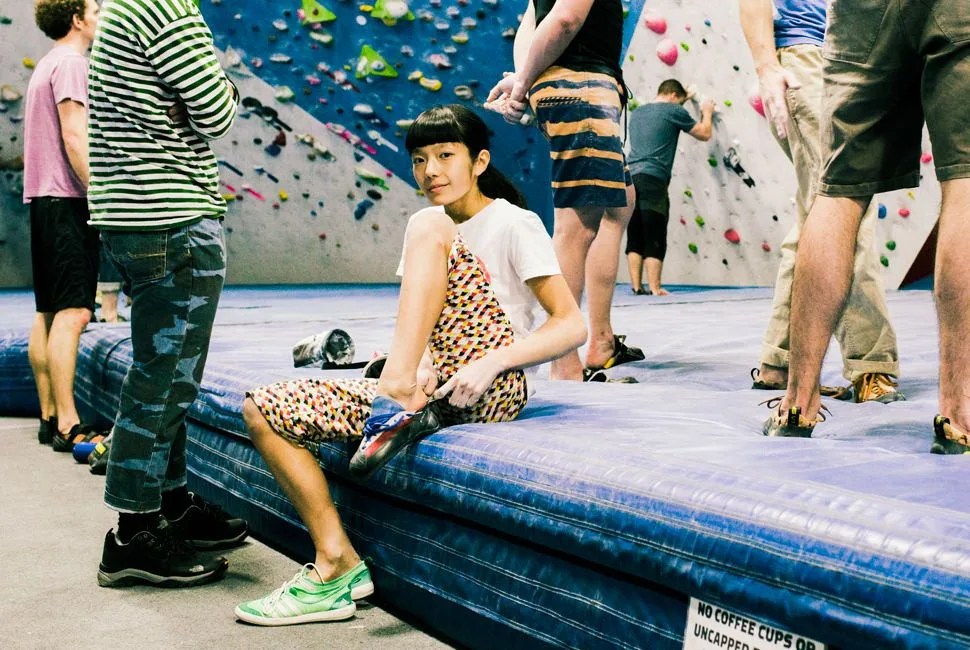On August 3, the International Olympic Committee officially announced the addition of six new sports to the Olympic lineup: baseball, softball, karate, skateboarding, surfing and climbing. In a press release, the IOC said that the addition of the sports, which will debut at the 2020 Tokyo Olympics, is the “most comprehensive evolution of the Olympic programme in modern history,” and is part of a larger effort to appeal to a younger audience more interested in up-and-coming sports.
America’s best shot at winning gold in climbing is Ashima Shiraishi. At 15 years old, Shiraishi is widely regarded as one of the greatest living rock climbers. This March, Shiraishi became the youngest person and first female in history to conquer a V15 bouldering problem — Horizon, a massive granite boulder near Japan’s Mt. Hei, which, technically speaking, is among the most difficult climbs in the world. Then, on August 4, Shiraishi stunned the international climbing community with another historic V15 ascent, this time on a craggy sandstone cave ceiling in Australia called Sleepy Rave.
For Shiraishi, a chance to compete in the Olympics is a dream come true. “Climbing is something that I’ve been really passionate about since I was six years old, and even before that, my dream was to eventually compete in the Olympics,” Shiraishi said. “I’d watch the athletes every four years and think, ‘I want to be like one of them.’”
The induction of sport climbing into the Olympics is a significant turning point for the sport. Since its formative years in the ’60s and ’70s, climbing has remained something of a fringe activity, occupying the outer edge of mainstream sports — but that’s starting to change. According to a report by the Physical Activity Council, from 2014 to 2015, over 148,000 people in the US tried climbing for the first time — a huge spike in popularity, compared to the sport’s seven years of sluggish growth from 2007 to 2014, during which only about 19,000 people tried climbing. At last count, there were 388 indoor climbing gyms in the US, and more are being built.
Shiraishi agrees that climbing will continue to grow: “I definitely think climbing will spread out in the world now that it’s in the Olympics. People are seeing it on TV. It’s already spread out a lot and it’s very popular — especially in urban areas, because there are so many gyms. I think that after this announcement, more gyms will pop up and a lot of people will try it out, and they’ll fall in love with it.”
The first time rock climbing takes the Olympic stage, 40 climbers (20 men and 20 women) will compete in three different climbing disciplines: lead, speed and bouldering. Each climber is required to compete in all three events, which Shiraishi doesn’t agree with.
“It’s really odd, because it’s almost as if a marathon runner also has to do the sprint,” Shiraishi said. “I mostly focus on bouldering and sport, but now I’ll have to start training for speed, too. I’ve tried speed climbing, but I only did it for a week, maybe. I’m not very good at it yet.”
